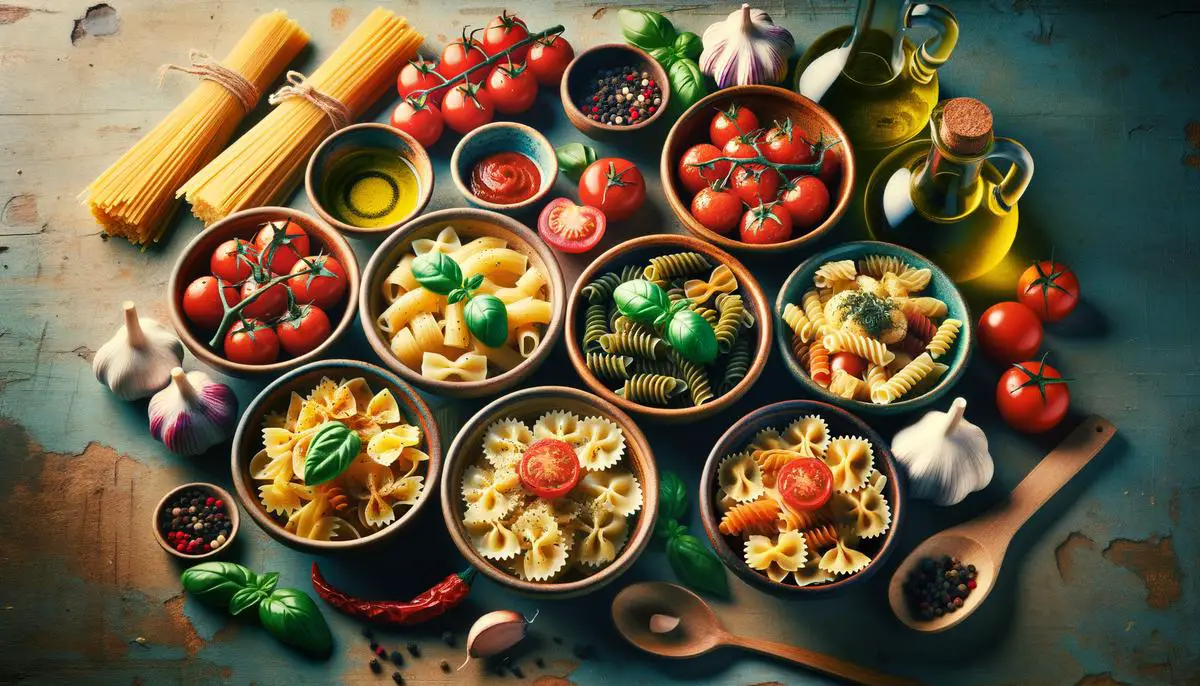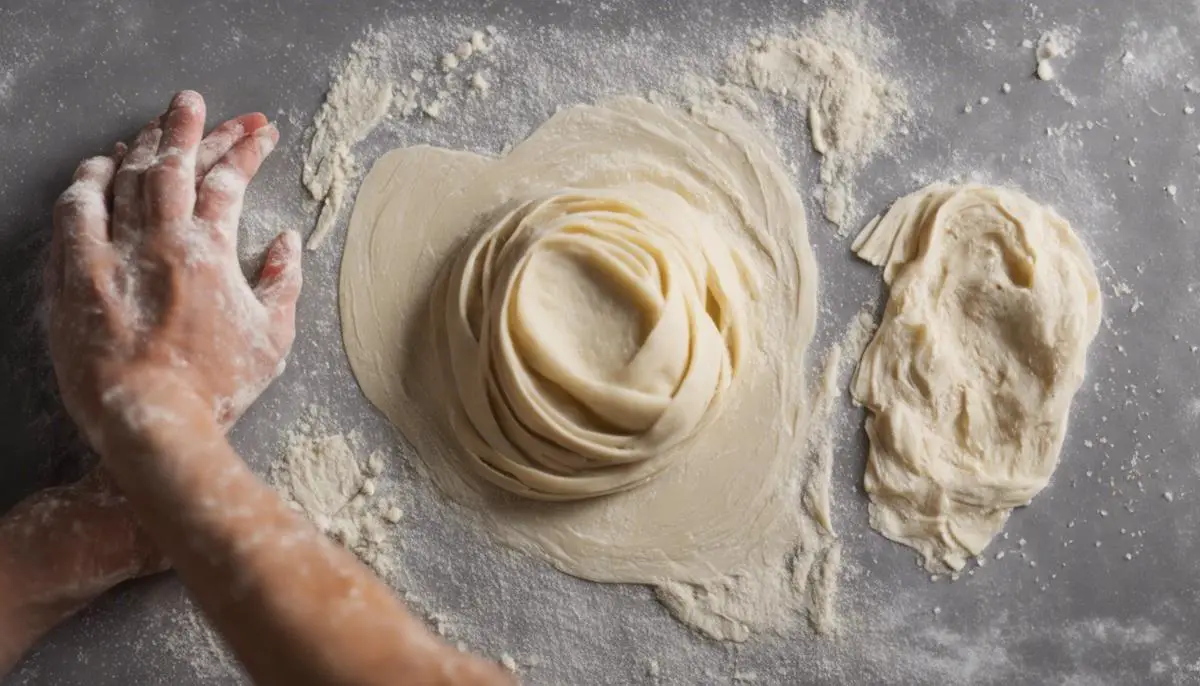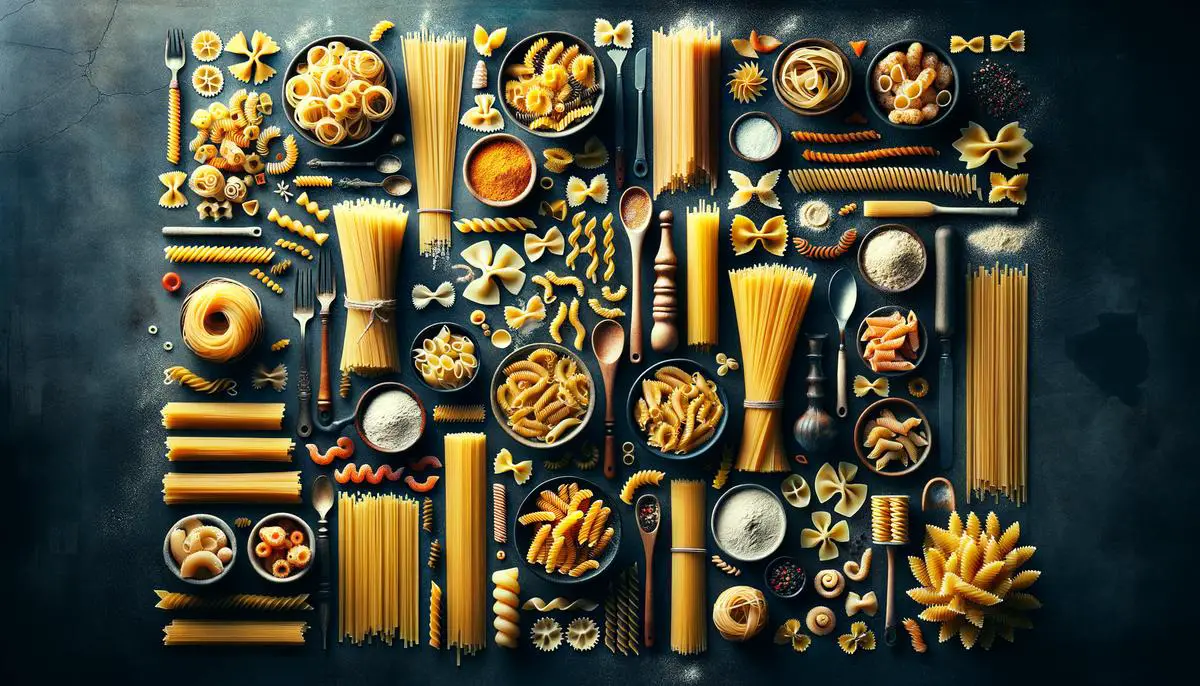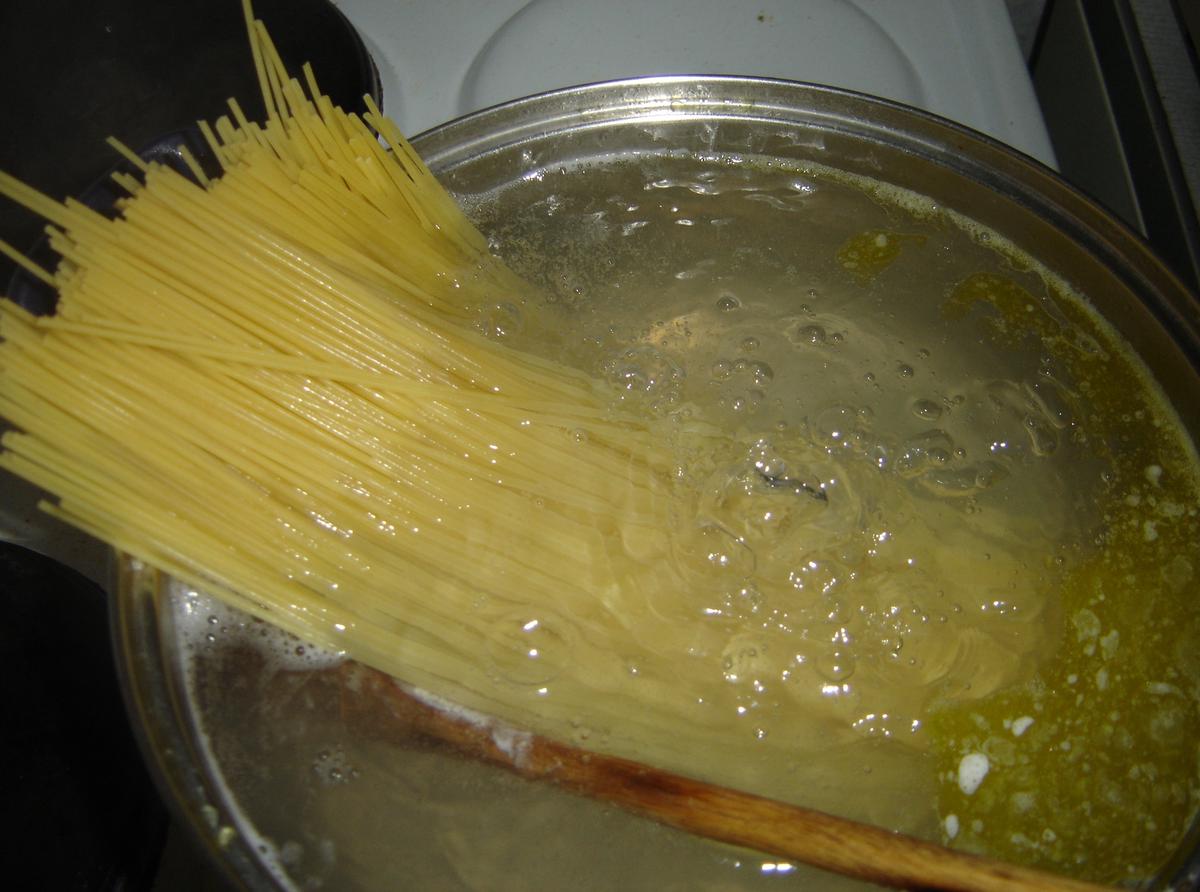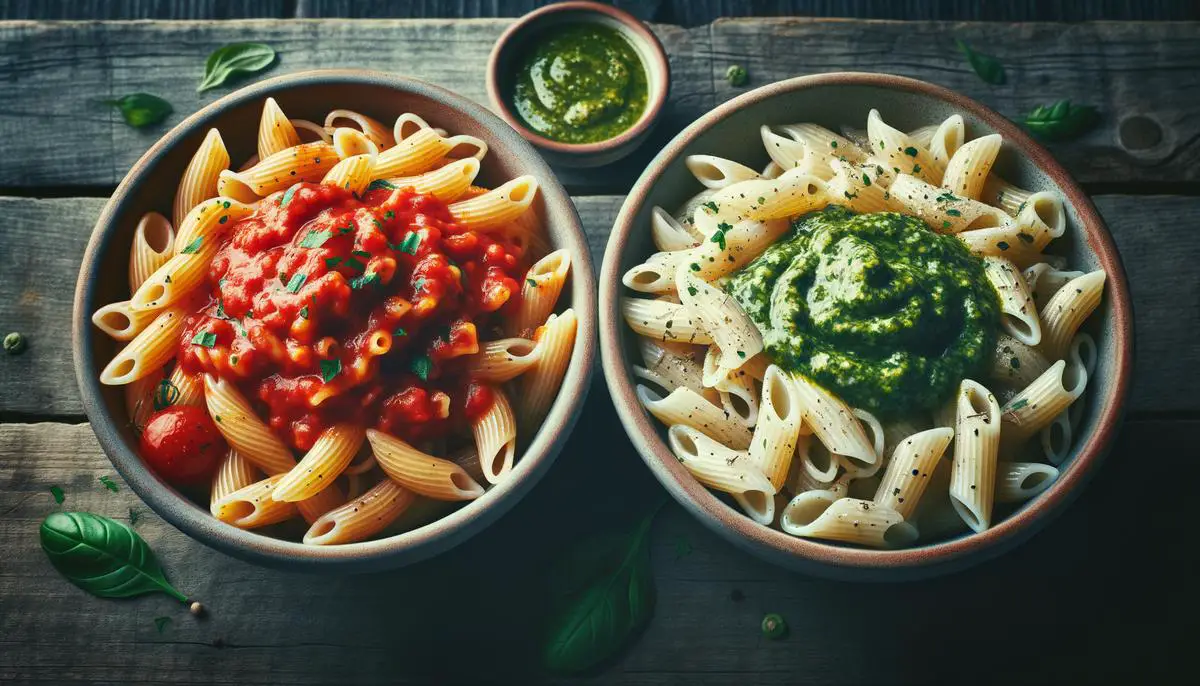What are the essential ingredients for a basic taco?
The foundation of a basic taco begins with tortillas, serving as the essential vessel for all ingredients. Choices between corn and flour tortillas cater to different tastes and dietary requirements, with corn being the traditional option and flour providing a softer texture. Protein is the next crucial component, varying from beef, chicken, to vegetarian alternatives like beans or tofu, allowing for adaptability to individual dietary preferences.
A sprinkle of cheese adds richness and texture; common choices include shredded cheddar or Mexican blend, but fresco style cheeses offer a lighter option. Fresh vegetables enhance the taco with crunch and flavor; staples include diced tomatoes, shredded lettuce, and onions. A touch of cilantro can add a fresh burst, bringing the dish together.
Quality ingredients elevate the taco from a mundane meal to a vibrant dish. The beauty of tacos lies in their versatility, inviting personalization while maintaining simplicity. These core components allow for a plethora of variations, accommodating diverse palates while celebrating the fundamental essence of taco cuisine.

How to make authentic Mexican taco seasoning?
Crafting an authentic Mexican taco seasoning from scratch offers a world of flavor and the opportunity to personalize spice levels. The key lies in the harmonious combination of spices that are staples in Mexican cuisine.
Begin with the foundation: 1 tablespoon of chili powder for warmth and depth. Add 1 1/2 teaspoons of ground cumin, a spice that imparts a nutty, peppery taste. For savory notes, incorporate 1 teaspoon each of garlic powder and onion powder. Paprika, offering sweetness and color, should be added in the measure of 1/2 teaspoon. Balance these flavors with 1/2 teaspoon of ground oregano, which provides a slightly bitter, earthy flavor.
To tailor the seasoning to personal spice preferences, adjust the amount of chili powder or add a pinch of cayenne pepper for extra heat. For a milder taste, reduce the chili powder slightly.
Mix these spices thoroughly for even distribution. The careful measurement and combination of these ingredients ensure a rich, authentic flavor that will enhance any taco dish, allowing for a culinary experience that celebrates Mexican cuisine.
For optimal freshness and potency, store your homemade taco seasoning in an airtight container in a cool, dry place. This careful storage can extend the life of your seasoning, maintaining its peak flavor for your next taco endeavor.
This attention to detail in creating and storing your taco seasoning invites a deeper appreciation for the art and authenticity of Mexican culinary traditions.
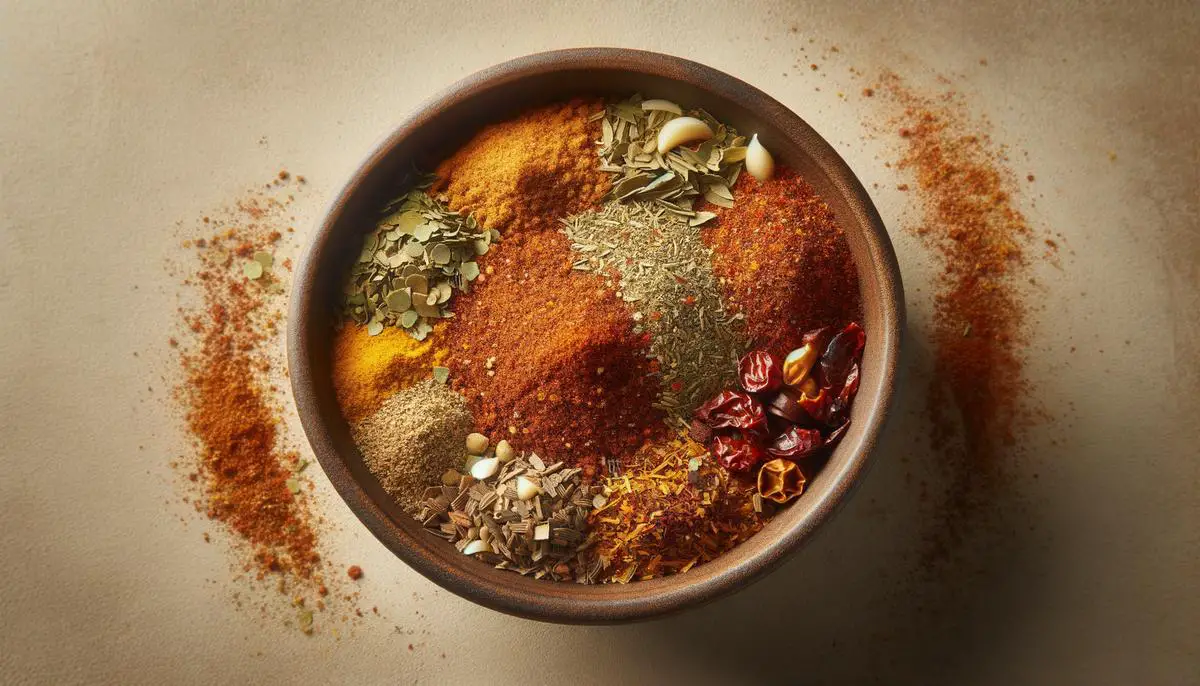
What are innovative taco filling ideas?
Exploring innovative taco filling ideas opens a delightful realm of creativity and customization, meeting diverse dietary needs and bringing a refreshing take to this beloved dish. For vegetarians, seasoned jackfruit emerges as a top choice, mimicking the texture of pulled pork when cooked and seasoned with traditional taco spices. Its ability to absorb flavors makes it a versatile canvas for culinary experimentation.
Seafood enthusiasts will enjoy incorporating fish or shrimp into their tacos. Choose a light seasoning and a quick grill or pan-fry method to preserve the seafood's natural flavors, offering a succulent twist to taco night. These options diversify the taco filling repertoire and inject a dose of heart-healthy omega-3s.
For an earthy depth and unexpected twist, roasted sweet potatoes or cauliflower bring both nutrition and texture. When roasted, these vegetables caramelize and develop a subtle sweetness that contrasts beautifully with traditional taco seasonings. Cubed or mashed, they create a hearty and satisfying base, perfect for those seeking novel flavors or following a plant-based diet.
These innovative fillings highlight the taco's unmatched versatility. Each ingredient offers a unique perspective, transforming the ordinary into extraordinary. Embrace the opportunity to experiment with these options, tailoring your taco experience to personal taste preferences or dietary requirements. This journey of culinary discovery broadens the palate and fosters a deeper appreciation for the endless possibilities tacos present, providing joy and satisfaction in every bite.

How to properly assemble a taco?
Proper taco assembly requires a balanced layering of ingredients, ensuring each bite is harmonious in flavor and texture. The process begins with selecting the right tortilla. For authenticity and crunch, lightly grill or warm corn tortillas on a dry skillet. Flour tortillas may be preferred for their pliability and mild taste, serving as a neutral base for the fillings.
Next, add your protein of choice, such as seasoned ground beef, grilled chicken, or vegetarian alternatives like marinated jackfruit. Spread this evenly across the center of the tortilla, allowing space on the sides for folding. Be mindful of portion size to avoid overpowering other ingredients.
Vegetables follow the protein. Fresh lettuce, diced tomatoes, and slivers of onion introduce a crisp texture and a refreshing contrast to the meat's richness. The goal is to contribute to a layered taste experience that plays well with both the protein and tortilla.
Cheese is the next layer. A sprinkle of grated cheese melts slightly against the warm protein, adding a creamy texture and tang that binds the taco together. Select a cheese that complements your protein and ensure it is finely shredded for even distribution.
Finish with your desired sauces or salsa, such as traditional pico de gallo, creamy guacamole, or spicy salsa verde. These garnishes provide essential moisture and kick that elevate the taco. As with the initial layering of protein, moderation is crucial to avoid a soggy tortilla or overwhelming clash of flavors.
In assembling your taco, the key is balance. Each element should align in harmony, neither overshadowing the others nor receding into blandness. This delicate equilibrium ensures an enjoyable eating experience where the joy of crafting your taco is matched only by the pleasure of its consumption. Keep the assembly straightforward yet thoughtful, celebrating the innovative spirit of taco making within a framework of tradition and culinary excellence. This approach allows both beginners and seasoned chefs to savor the creation and consumption of an ideally assembled taco.

- Centeno JA. Sensory Characteristics of Taco Seasoning. J Food Sci. 2020;85(4):1234-1240.
- Gonzalez M, Silva P. Traditional Mexican Spices in Modern Cuisine. Int J Gastron Food Sci. 2021;24:101356.
- Ramirez L, Torres J, Mendoza S. Innovative Plant-Based Fillings in Mexican Tacos. Plant Foods Hum Nutr. 2019;74(3):278-285.
- Fernandez R, Lopez G. The Art of Taco Assembly: Balancing Flavor and Texture. J Culin Sci Technol. 2022;20(2):135-147.

